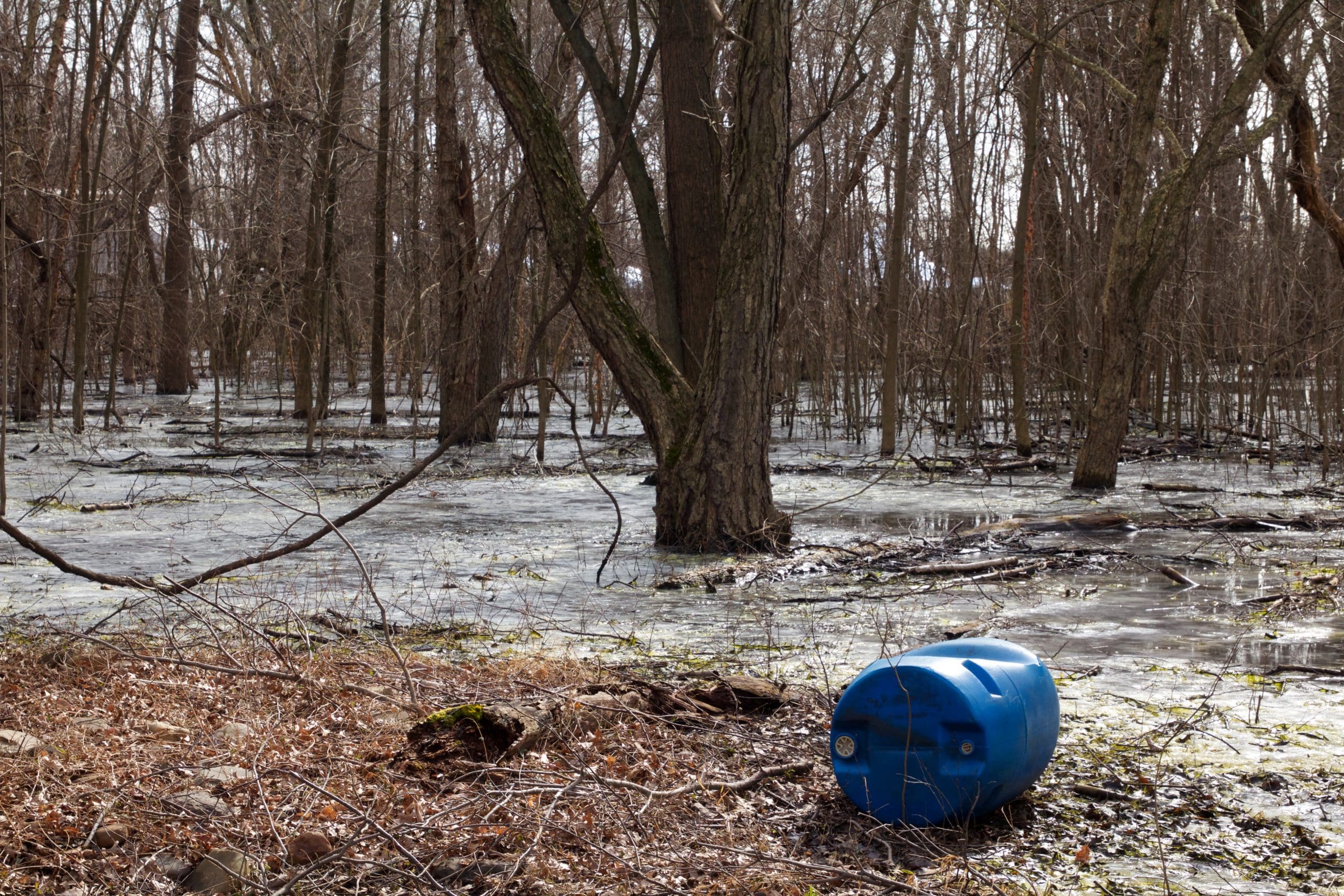In 2022 the U.S. Environmental Protection Agency (EPA) advanced many of its regulatory priorities laid out in its October 2021 PFAS Strategic Roadmap across multiple regulatory programs. Below are some of the highlights, many of which were highlighted in EPA’s November 2022 One Year Review.
CERCLA: On August 25, 2022, EPA released its Proposed Rule to designate Perfluorooctanoic Acid (PFOA) and Perfluorooctanesulfonic Acid (PFOS) as Hazardous Substances under the Comprehensive Environmental Response, Compensation, and Liability Act (CERCLA) which was subsequently published in the Federal Register on September 6, 2022. Over 600 comments were filed in the docket: Docket EPA-HQ-2019-0341. EPA plans to finalize the rule in 2023.
TSCA: In June 2021, EPA published a Proposed Rule to amend Section 8 reporting requirements under the Toxic Substances Control Act (TSCA) which would require persons that manufacture (including import) or have manufactured these chemical substances in any year since January 1, 2011, to electronically report information regarding PFAS uses, production volumes, disposal, exposures, and hazards. The proposed regulations, 40 C.F.R. Part 705, scheduled to be finalized by the end of 2022, would have broad implications. However, just about a month before they were to be finalized, EPA issued a request for comment on November 25, 2022 indicating that its original economic analysis undervalued the cost of compliance by industry by hundreds of millions of dollars. Comments can be found in Docket EPA-HQ-OPPT-2020-0549. As a result the rulemaking has been delayed and it is unclear how EPA will proceed at this time.
Wednesday, March 1 | 2PM EST: PFAS Part 2: Scoping Strategies for Phase IIs REGISTER NOW>
TRI: On December 5, 2022 EPA proposed revisions to the Toxic Release Inventory (TRI) reporting by notice in the Federal Register. Among the changes would be to include PFAS as Chemicals of Special Concern and eliminate the de minimis exemption previously relied upon to avoid reporting. Comments are due February 3, 2023 and can be found in Docket EPA-HQ-TRI-2022-0270.
SDWA: On June 15, 2022, EPA announced interim updated drinking water health advisories for perfluorooctanoic acid (PFOA) and perfluorooctane sulfonic acid (PFOS) that replace those EPA issued in 2016 under the Safe Drinking Water Act (“SDWA”). These were published in the Federal Register on June 21, 2022. EPA found the “updated advisory levels, which are based on new science and consider lifetime exposure, indicate that some negative health effects may occur with concentrations of PFOA or PFOS in water that are near zero and below EPA’s ability to detect at this time.” At the same time EPA published new health advisories for two other PFAS compounds, GenX and PFBS. While EPA works its way through the SDWA regulatory procedure, data collection will begin in 2023 under the Fifth Unregulated Contaminant Monitoring Rule for 29 PFAS across public water systems serving large and smaller populations.
NPDES: EPA proposed two new guidance documents with suggestions for incorporating PFAS monitoring, and related conditions, in permits issued under the National Pollution Discharge Elimination System (NPDES). The first issued April 28, 2022 describes EPA’s approach where it is the permit issuer or pretreatment control authority which was followed by a second guidance document issued
December 5, 2022 for guidance where states delegated under the Clean Water Act are the permit issuers. These supersede the November 2020 Interim Strategy for EPA-issued NPDES Permits. EPA now recommends use of draft analytical method 1633 to detect PFAS in discharges even though it hasn’t yet been approved under 40 C.F.R. Part 136. PFAS monitoring has already been incorporated into certain industrial discharge permits issued in Massachusetts. In addition, EPA has finalized its current Effluent Guidelines Program Plan (Plan 15) which lays out anticipated rulemaking for updating landfills effluent guidelines and a new PFAS study of textile mills.
ECHO: EPA has rolled out a new data tool under its Enforcement and Compliance History Online (“ECHO”) which consolidates PFAS data from 11 different databases in one searchable web-based platform. The goal is to make the data EPA collects more accessible to the public, researchers and other stakeholders. The User Guide describes how to search for and filter data by geographic location, environmental media, industry sectors and many other categories.
Given these developments, 2023 will likely be another year of significant PFAS regulatory developments. Stay tuned.
ABOUT THE AUTHOR
Dianne R. Phillips is an attorney in Holland & Knight’s Boston office who concentrates her practice in litigation, environmental, regulatory and energy law. Ms. Phillips’ practice focuses on brownfields redevelopment and remediation, including former military installations, former manufactured gas plants (MGPs), per- and polyfluoroalkyl substances (PFAS) sites, and vapor intrusion sites. She regularly advises developers, lenders and investors in real estate transactions involving contaminated property, enforcement defense, citizen suits, regulatory compliance, due diligence, Massachusetts Brownfields Tax Credits, and complex project development and permitting matters, including those under the National Environmental Policy Act (NEPA) and the National Pollutant Discharge Elimination System (NPDES), among others.

